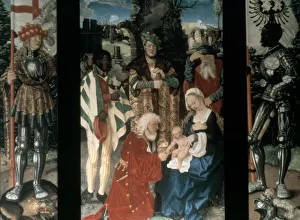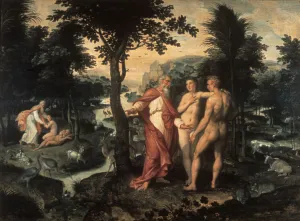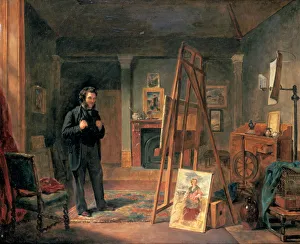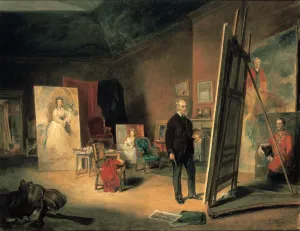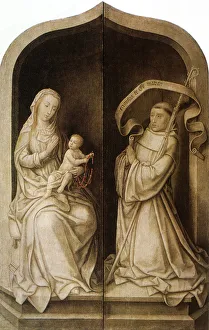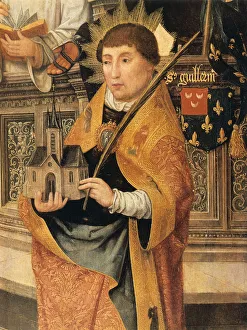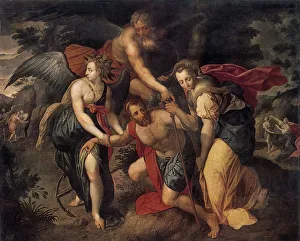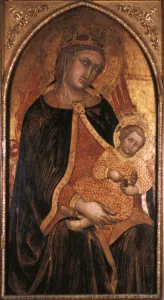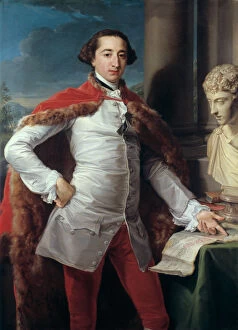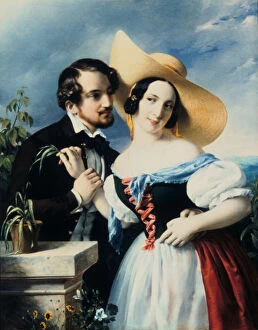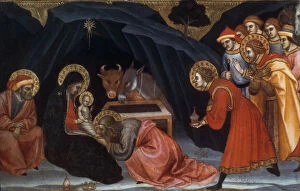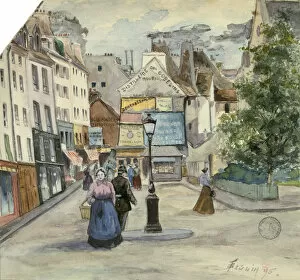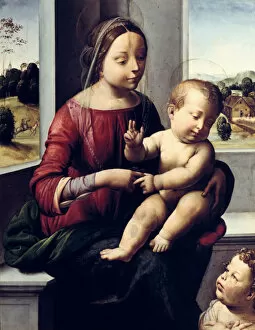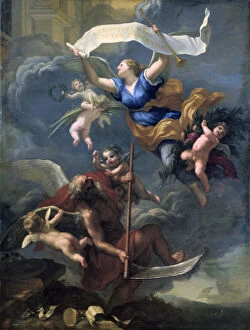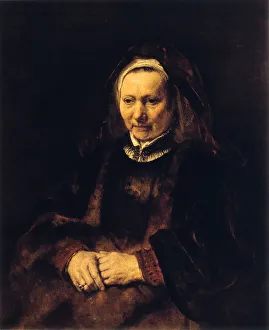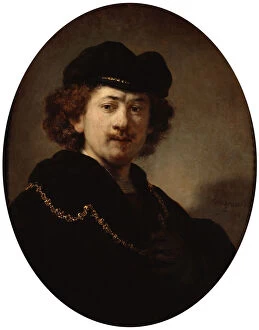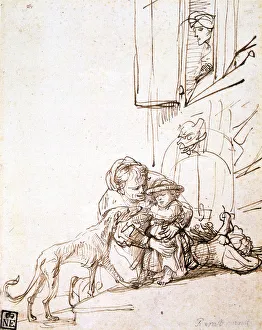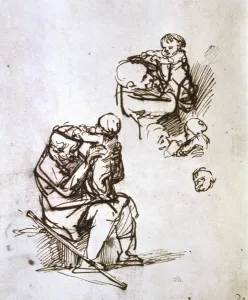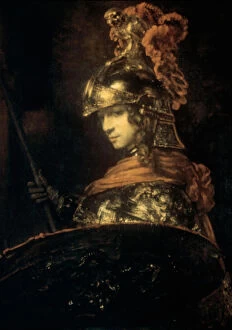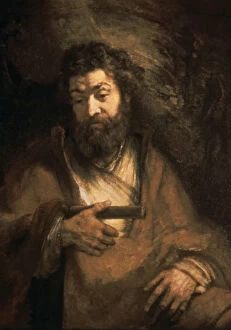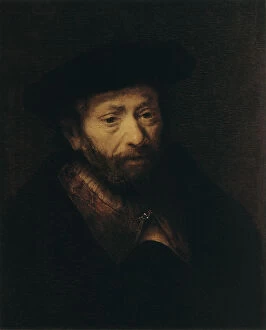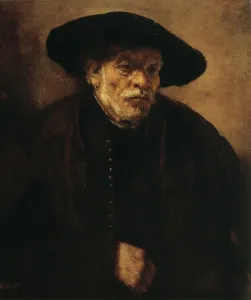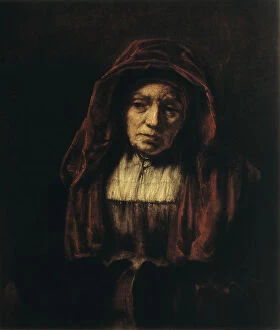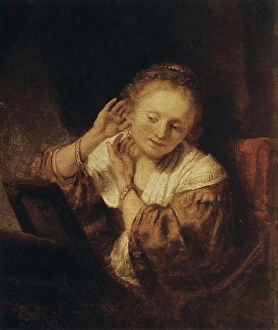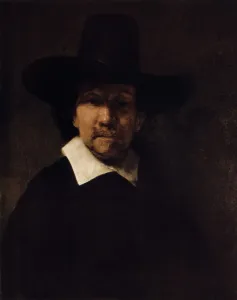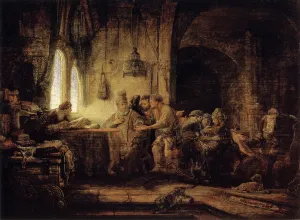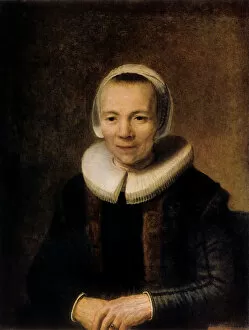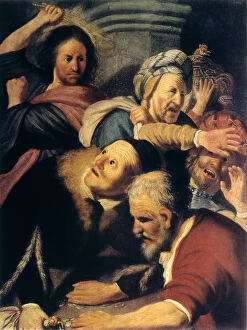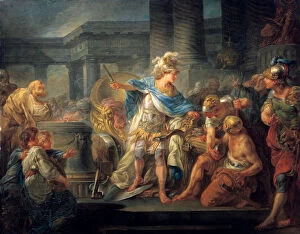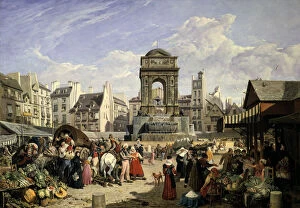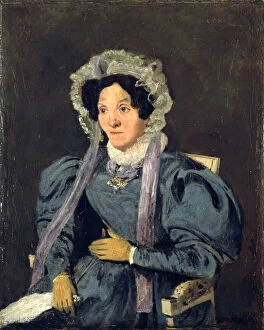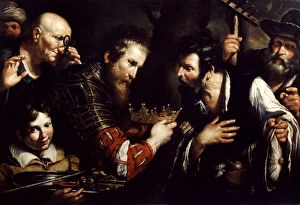Human Being Collection (page 8)
"The Human Being: A Tapestry of Art, Culture, and Resilience" In Rembrandt's masterpiece "The Return of the Prodigal Son
All Professionally Made to Order for Quick Shipping
"The Human Being: A Tapestry of Art, Culture, and Resilience" In Rembrandt's masterpiece "The Return of the Prodigal Son, " we witness the profound journey of a human being seeking redemption and forgiveness. Just as in a crew team rowing together towards victory, humans find strength in unity and collaboration to overcome challenges that come their way. Leon-Maxime Faivre's painting "Deux meres (Two Mothers)" showcases the unconditional love and nurturing nature inherent in every human being, transcending cultural boundaries. Titian's powerful artwork "Noli Me Tangere" depicts the vulnerability and complexity of human emotions when faced with separation or loss. Paolo Uccello's epic painting "The Battle of San Romano" reminds us that throughout history, humans have displayed both courage on the battlefield and resilience in times of conflict. Gibraltar stands as a testament to humanity's ability to adapt and thrive amidst diverse landscapes, bridging continents while embracing its European heritage. Utagawa Kuniyoshi captures the essence of compassion in his depiction of Nichiren calming the storm – an inspiring reminder that even during turbulent times, human beings possess immense inner strength to bring peace into their lives. Pieter Bruegel the Elder challenges societal norms with his thought-provoking piece titled "Whatever I do, I do not Repent; I Keep Pissing against the Moon. " It encourages individuals to question conventions and embrace their unique identities fearlessly. From decoding messages like Arecibo message C016/6817 to creating timeless masterpieces such as Virgin and Child from centuries ago - humans' thirst for knowledge has always driven them forward intellectually. Durbar Square in Nepal symbolizes humanity's rich cultural heritage preserved through generations. It serves as a reminder that our collective past shapes our present identity while fostering connections between people across time.

